The MC4 is no stranger to PV practitioners, and it has almost become synonymous with photovoltaic connectors. The MC4 can be found on important components of photovoltaic power generation such as components, combiner boxes and inverters. They bear the responsibility of successfully connecting the power station.
As of the end of 2015, China's PV installed capacity was 43.18GW, ranking first in the world. Calculated by using about 4,200 sets of photovoltaic connectors in 1MW, there are currently about 180 million connectors installed in China. If viewed from a risk perspective, it means that at least 180 million risk points require different power plant owners to monitor.
Despite this, this small component is often overlooked during the design, construction and operation of the power station. The reason is related to everyone's understanding of MC4.
Maybe it's time to re-recognize MC4 together!
First, a small history of photovoltaic connectorsFor photovoltaic connectors, 1996 and 2002 were two very important years. These two points in time are also consistent with the key development nodes of the photovoltaic industry. Although the photovoltaic connector has not been associated with the photovoltaic industry, its emergence has greatly promoted the rapid increase in PV installation.
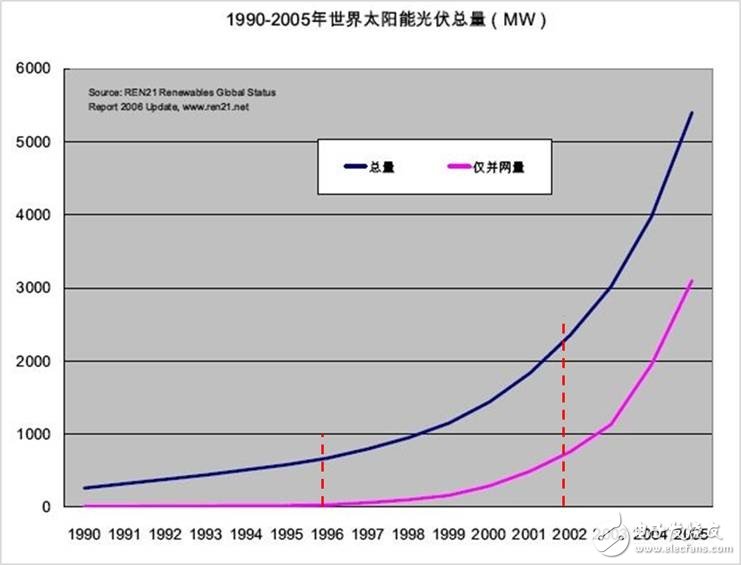
Prior to 1996, photovoltaic cables were connected using screw terminals or splice connectors. As the installed capacity of photovoltaic systems increases, the need for fast, safe and easy-to-operate connection solutions is growing.
Due to the long-term exposure of photovoltaic systems to wind and rain, hot weather and extreme temperature changes, connectors must be able to adapt to these harsh environments. They are not only waterproof, high temperature resistant and weather resistant to ultraviolet light, but also require touch protection, high current carrying capacity and high efficiency. At the same time, low contact resistance is also an important consideration. All of this must also run through the entire PV system life cycle for at least 20 years.
In 1996, based on these application environments and market demands, a new type of plug-in connector emerged. This is the world's first true photovoltaic connector, the MC3. Its inventor is the Swiss company MulTI-Contact (in 2002, incorporated into the Stäubli Group as its electrical connector brand), MC is the brand abbreviation, and 3 is the size of the metal core diameter. The body of the MC3 is made of TPE material (thermoplastic elastomer) and is frictionally fitted to achieve a physical connection. More importantly, the MC3 uses MULTILAM technology to ensure the long-term stability of the connection. Later, many connector manufacturers were imitating MULTILAM technology.
In 2002, the birth of the MC4 once again redefines the photovoltaic connector, which truly implements "plug and play". The insulation is made of hard plastic (PC/PA) and is designed to be easier to assemble and install on site. After the MC4 was launched, it quickly gained market recognition and gradually became the standard for photovoltaic connectors. Many manufacturers refer to their connectors as “××MC4â€. If you search for MC4 in Alibaba, you can get about 44,000 related products, which shows the strong market influence of MC4.
MC4 has introduced the MC4-Evo2 and MC4-Evo3 series as the market demand changes. MC4 series connectors are fully capable of meeting customers' needs for 1500V PV systems.
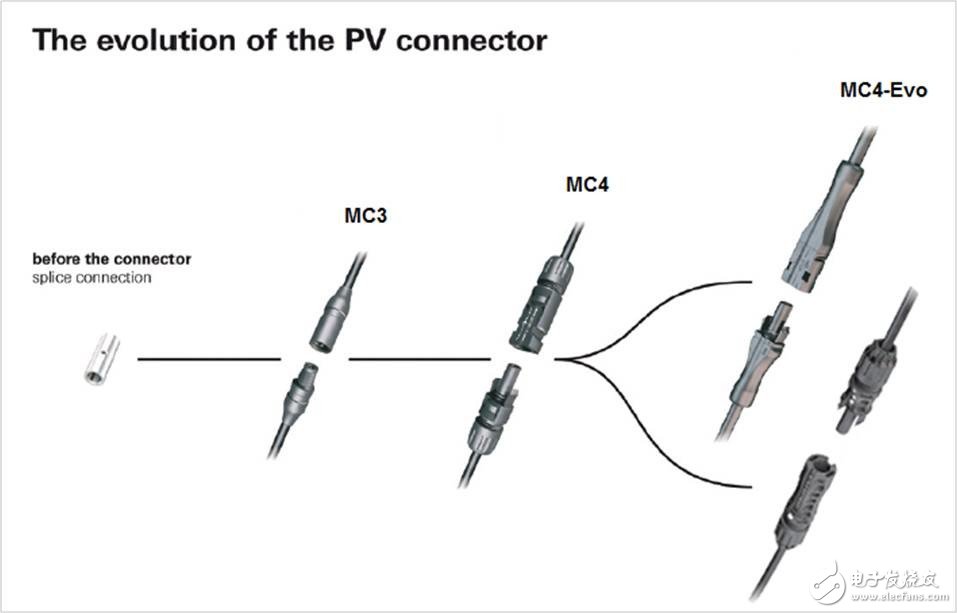
The MC4 connector is divided into a line end and a board end. In the usual sense, what the MC4 refers to is the line end. MC4 consists of two parts: metal parts and insulation parts.
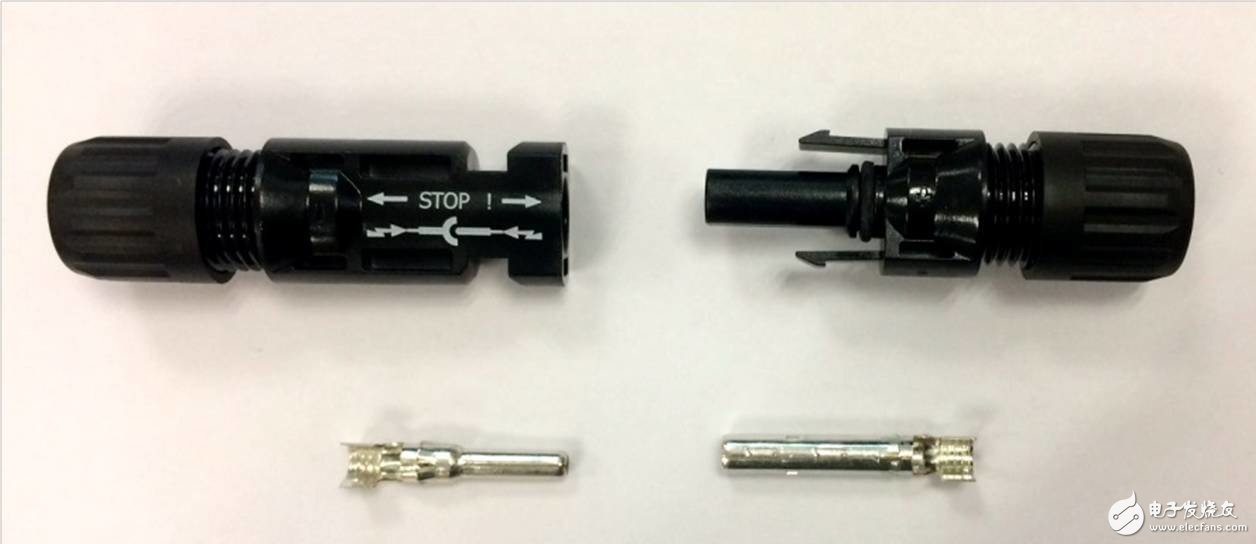
As mentioned earlier, MC is an abbreviation for Multi-Contact, and 4 is the size of the metal core diameter. Therefore, in the photovoltaic connector market, for a number of so-called MC4 need to re-clarify, they may be called "MC4" may be more appropriate.
Except for some differences in appearance (such as shape/logo, etc.), MC4 differs from the "MC4" core in that it uses the MULTILAM technology. The MULTILAM technology has long-term stability and ensures that the connector maintains a consistently low contact resistance throughout the life of the PV system.
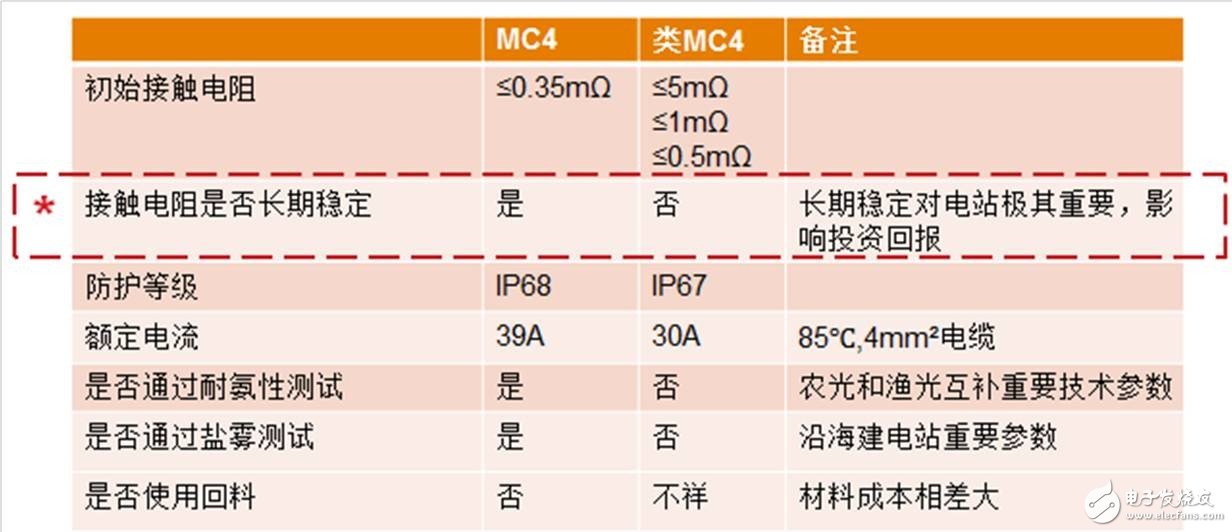
"MC4-like" claims to be inter-inserted with MC4 for market reasons. Despite the seemingly complete connection, the invisible security risks have already occurred. Connectors of different manufacturers are inconsistent in terms of specifications, dimensions and tolerances, so they cannot be 100% matched at all. If forced inter-plug, it will lead to temperature rise, contact resistance change and IP level can not be guaranteed, which will seriously affect the power generation efficiency and safety of the resistor.
What is more serious is that if there is a problem, it is very likely to lead to legal disputes. Since the relevant regulations are not perfect, the responsibility caused by the inter-plugging is likely to be borne by the plant installer.
So no matter T? V/UL, or Multi-Contact, has issued a statement prohibiting the inter-plugging of connectors from different manufacturers.
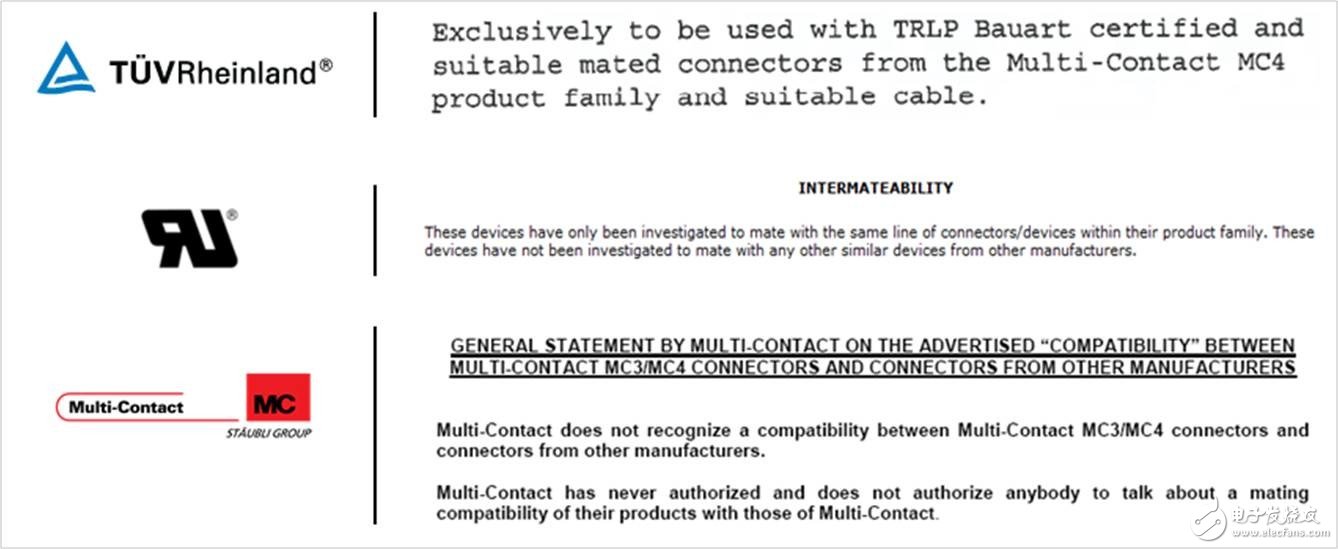
Third, the technical risk of the connector
In the evaluation, design, procurement, construction, construction and operation and maintenance of photovoltaic power plants, there are uncertain risks (policy / technology / natural environment / law, etc.), if not properly controlled, it will affect the PV system revenue.
For photovoltaic connectors alone, the technical risks are reflected in quality, application, installation and operation and maintenance, as shown in the following figure.
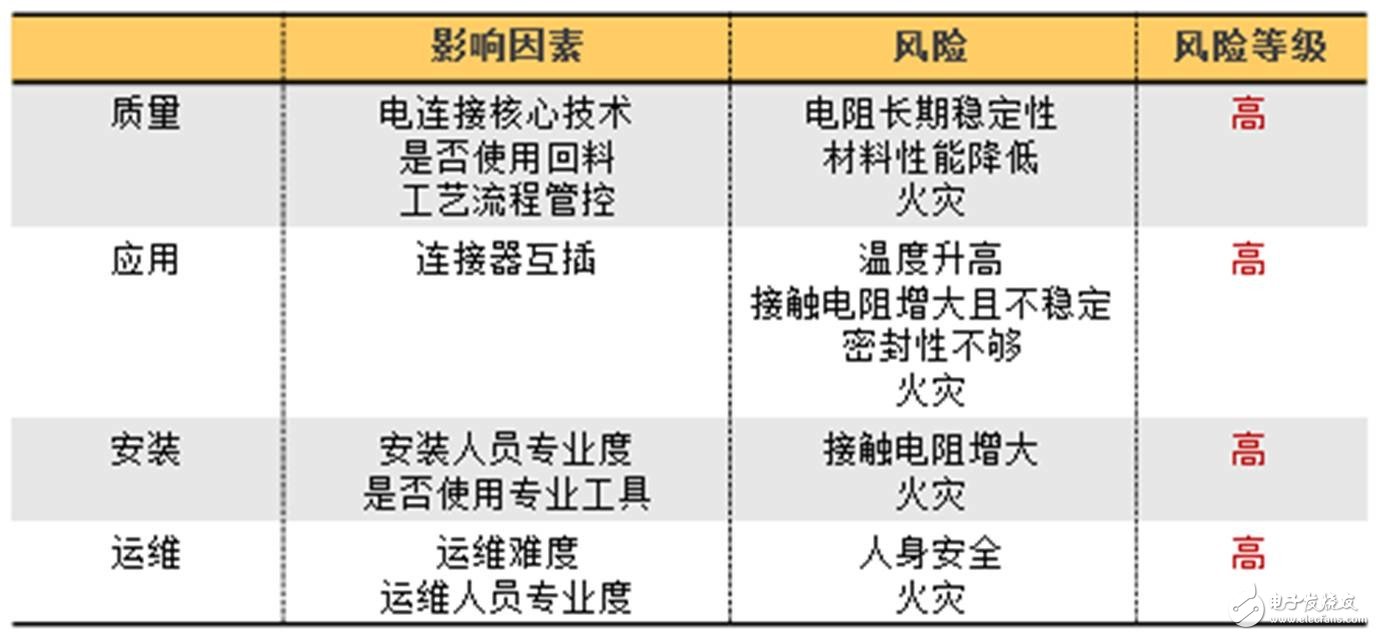
It should be pointed out that the root cause of the failure of the connector and the fire is caused by the increase of the contact resistance of the connector, which leads to an increase in the temperature rise and beyond the temperature range that the plastic casing and the metal parts can withstand.
Recreational Vehicle Battery,Bms Rechargeable Rv Battery,Camping Rechargeable Battery,Golf Cart Battery
JIANGMEN RONDA LITHIUM BATTERY CO., LTD. , https://www.ronda-battery.com
